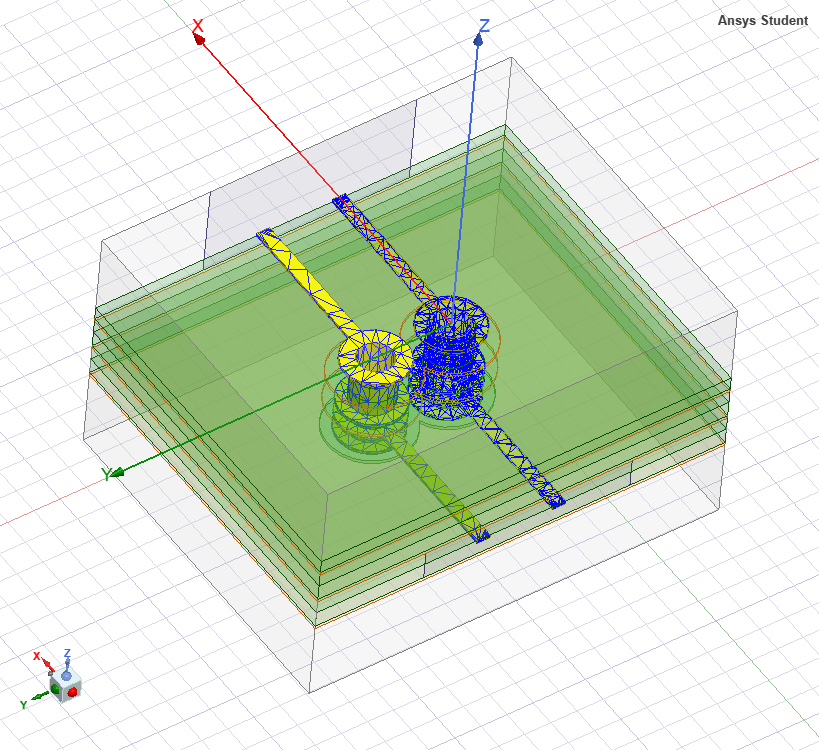In the January 2021 print issue and the April 2021 online issue of the Signal Integrity Journal, I wrote an editorial in which I threw down a gauntlet to tool vendors to offer low cost or free versions of their tools to help engineers accelerate up the learning curve. Ansys picked up that gauntlet and now offers a free version of their industry standard electromagnetic simulator suite, Electronics Desktop.
Recently, Ansys announced the release of Ansys Electronics Desktop Student, a free version of their suite of EM simulation tools. The student version is their full featured suite of tools but limited to no more than 65,000 mesh elements. This release includes Ansys® HFSS™, Ansys Maxwell®, Ansys Q3D Extractor® and Ansys Icepak®. The only SI/PI related tool not included is SIwave.
Built into the Q3D Extractor is the 2D Extractor, useful to analyze uniform transmission line structures. Multi conductor transmission line structures can be set up, parameterized and solved for S-parameters, currents, fields, and RLCG matrix elements as a function of frequency. Figure 1 shows an example of the E field distribution in a coplanar microstrip structure, for example.

Figure 1. An example of an E field plot for a coplanar microstrip structure.
The Q3D tool is a quasi-static, 3D field solver that can calculate either the CG matrix elements or the RL matrix elements for a collection of electrically short conductors. It is one of the few tools that can calculate the partial inductance matrix elements for a collection of conductors and export then into a SPICE compatible netlist for circuit simulation. This is an essential tool to explore the origin of ground bounce in packages and connectors.
HFSS is Ansys’ flagship full wave 3D FEM simulator used to extract the S-parameters of arbitrary structures such as transmission lines, transitions, vias, connectors, and packages. While it is the workhorse tool for RF and microwave applications, it has also become a popular go-to tool for high-speed digital applications.
The HFSS student version is limited to 65,000 mesh elements. It is not going to be powerful enough to solve the typical virtual prototyping applications important in designing high-performance products, but it is powerful enough to learn the principles of FEM analysis of interconnects.
For example, included in the student version is a simple via wizard with a parameterized differential via through a six-layer board, such as shown in Figure 2.

Figure 2. Example of the differential via model that comes with the executable version of the student version.
This free student version is the perfect tool to accompany a curriculum in electromagnetics, computational methods, or high-speed digital engineering.
As part of their Innovation Courses, Ansys has posted four courses in using this tool suite with more planned. If you have never used an EM simulation tool, the four courses covering each of the tools in the student suite will walk you through getting started with example files you can download and open with their tool. The combination of software, example files, and step by step videos is an incredible value to any student or professional engineer who wants to start the process of becoming an expert in signal integrity.
Be sure to download your copy of Ansys Electronics Desktop Student.
Full disclosure: I think this is such an important contribution to the SI community, my group at CU, Boulder has started work on a series of SI/PI/EMI lab exercises using the Ansys Electronics Desktop Student suite of tools. Stand by for more on this.


